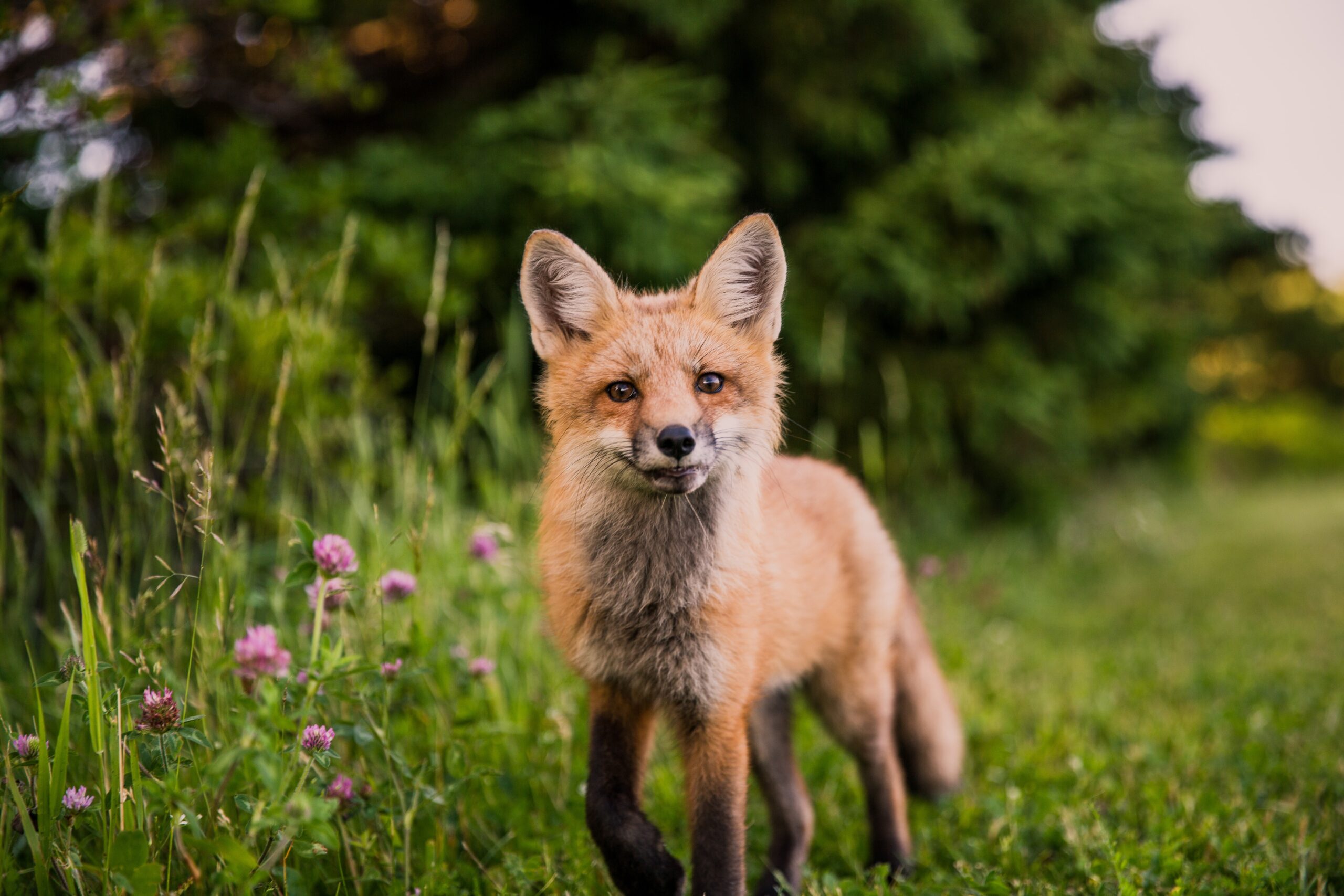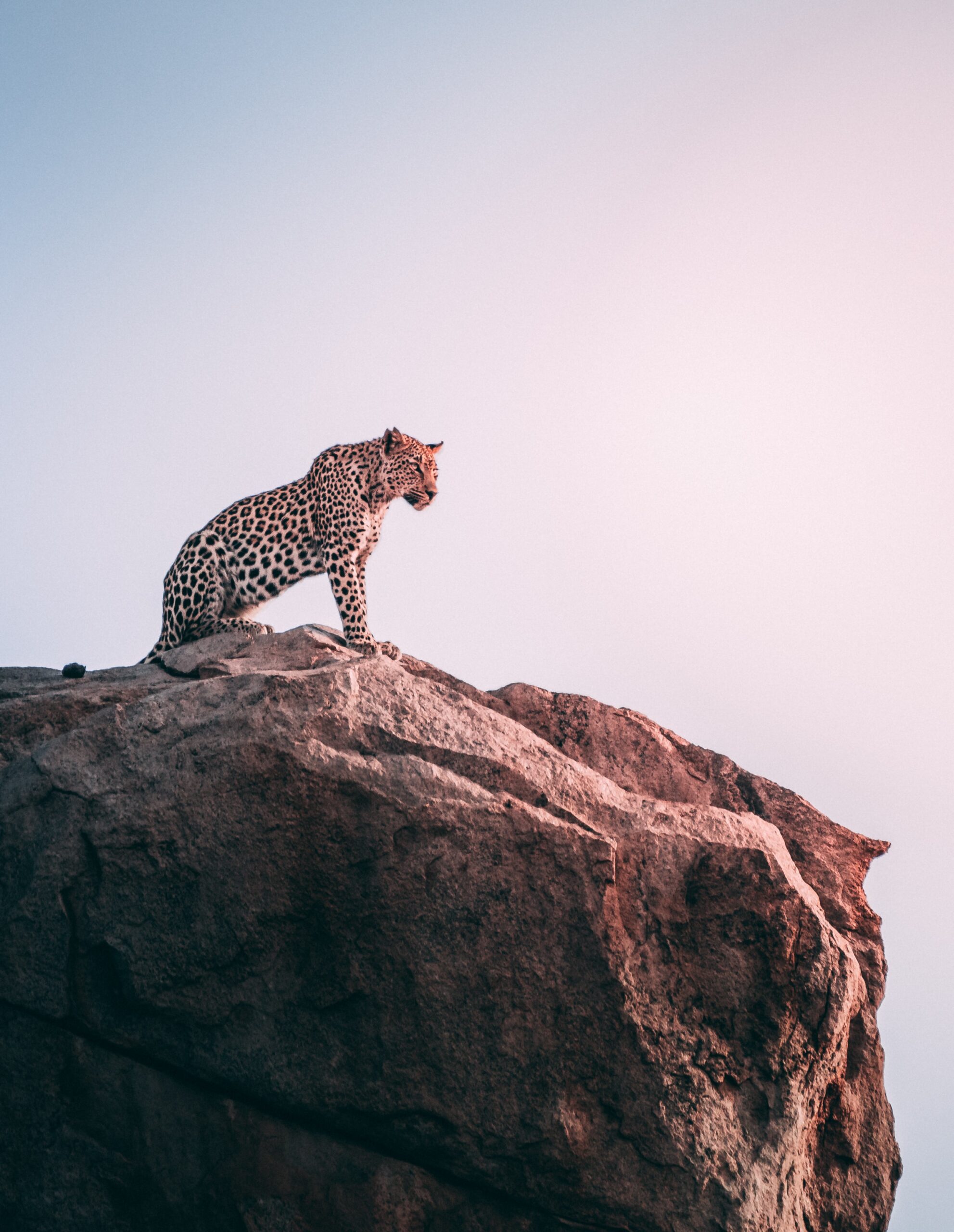
Imagine you and your young children embark on an exciting adventure through the great outdoors, their eyes shining with curiosity and wonder. As you navigate the wilderness, you find yourself encountering various forms of wildlife, from playful squirrels to majestic deer. However, amidst the awe-inspiring beauty of nature, concerns for your children’s safety arise. How can you ensure their well-being during these encounters? In this article, we will explore practical tips and guidelines to help you keep your young ones safe and protected while fostering a love and respect for the fascinating wildlife that surrounds us.
Educate Yourself about Local Wildlife
Learn about common wildlife species in your area
To ensure the safety of your young children during wildlife encounters, it is crucial to educate yourself about the common wildlife species in your area. Research the animals that are frequently found in your region, including their habits, behaviors, and habitats. This knowledge will help you understand the potential risks and dangers associated with different wildlife species, allowing you to take appropriate precautions.
Know their behavior and habits
In addition to learning about the wildlife species themselves, it is essential to familiarize yourself with their behavior and habits. Understand how they typically act in certain situations, their feeding patterns, and their territorial instincts. For example, some animals may become aggressive when they feel threatened, while others may be attracted to food sources left unattended. By knowing the behavior and habits of local wildlife, you can better anticipate their actions and mitigate potential risks.
Understand potential risks and dangers
By educating yourself about the local wildlife, you gain an understanding of the potential risks and dangers that your children may face. For example, if you live in an area with venomous snakes, you need to be aware of their preferred habitats and behaviors to minimize the chances of encountering them. Understanding potential risks will allow you to develop a safety plan and take appropriate measures to ensure the well-being of your children during wildlife encounters.
Create Safe Outdoor Spaces
Install fences and barriers
One of the first steps in creating safe outdoor spaces for your young children is to install fences and barriers. This can help prevent wildlife from entering your yard and getting too close to your children. Ensure that the fences are sturdy and have no gaps or openings that animals can squeeze through. By creating a physical separation between your children and wildlife, you can significantly reduce the risk of unwanted encounters.
Secure trash cans and food sources
Wildlife is often attracted to food sources, and leaving trash cans or uncovered food outside can invite them into your yard. To minimize this risk, make sure to secure your trash cans with tight-fitting lids and consider investing in wildlife-proof containers. Additionally, avoid leaving pet food outside and clean up any fallen fruits from trees promptly. By removing potential food sources, you can discourage wildlife from entering your outdoor space and keep your children safe.
Remove potential hazards from your yard
Another vital step in creating a safe outdoor environment is to eliminate potential hazards from your yard. This includes removing any debris or clutter that may attract wildlife or pose a danger to your children. Check your yard regularly and remove any fallen branches, woodpiles, or other objects that animals could use as shelter or nesting areas. By keeping your yard clean and free of potential hazards, you can minimize the risks associated with wildlife encounters.

This image is property of images.unsplash.com.
Supervise Outdoor Playtime
Always keep a close eye on young children
When your young children are playing outdoors, it is crucial to always keep a close eye on them. Supervision is key in ensuring their safety during potential wildlife encounters. By maintaining constant visual contact, you can quickly identify any signs of wildlife presence and take immediate action to protect your children.
Ensure a responsible adult is present
In addition to constant supervision, it is essential to have a responsible adult present during outdoor playtime. This adult should be knowledgeable about wildlife safety and capable of responding effectively in case of an encounter. They can help enforce boundaries, observe the surroundings, and ensure that proper safety measures are followed.
Set clear boundaries for play areas
To help minimize the risk of wildlife encounters, it is essential to set clear boundaries for play areas. Establish designated areas where your children can safely play, away from potential wildlife habitats. Clearly communicate these boundaries to your children and teach them to stay within the designated areas. By setting clear boundaries, you can reduce the chances of your children entering wildlife territories and encountering potentially dangerous animals.
Teach Children about Wildlife Safety
Explain the importance of observing from a distance
Teaching your children about wildlife safety is crucial for their well-being. Begin by explaining the importance of observing wildlife from a distance. Encourage them to appreciate animals’ beauty and behavior while keeping a safe distance. Help them understand that approaching or disturbing wildlife can be dangerous for both them and the animals.
Teach them to respect wildlife habitats
It is equally important to teach children to respect wildlife habitats. Help them understand that these habitats provide shelter and food for animals, and disturbing them can disrupt their natural balance. Teach your children to stay on designated paths or trails when exploring nature to avoid trampling on sensitive habitats. Instilling this respect for wildlife habitats will help your children become responsible stewards of the environment.
Discuss potential dangers and how to respond
Having open conversations with your children about potential dangers and how to respond is crucial for their safety. Teach them about the risks associated with certain animals and their behaviors. Discuss what to do if they encounter wildlife, emphasizing the importance of staying calm, backing away slowly, and seeking help from an adult. By discussing these scenarios and responses, you can help prepare your children to make informed decisions during wildlife encounters.

This image is property of images.unsplash.com.
Use Wildlife Deterrents
Install motion-activated lights or sprinklers
Installing motion-activated lights or sprinklers can be an effective way to deter wildlife from approaching your property. These devices will startle animals and make them feel uncomfortable, encouraging them to move away from the area. By using these deterrents, you can create a safer outdoor environment for your children and reduce the chances of unwanted wildlife encounters.
Use noise-making devices to scare away wildlife
Another method to deter wildlife is by using noise-making devices. These can include wind chimes, bells, or even portable air horns. The loud noises produced by these devices can startle animals and discourage them from approaching. However, it is important to consider the noise impact on your neighbors and use these devices responsibly and within legal limits.
Plant natural deterrents, such as thorny shrubs
Incorporating natural deterrents in your landscaping can also help keep wildlife away from your property. Planting thorny shrubs or bushes along the perimeter of your yard can create a physical barrier that animals are less likely to cross. Research local plant species that are known to deter wildlife, and strategically place them in areas where animals may try to access your property. By using natural deterrents, you can minimize wildlife presence near your children’s play areas.
Know What to Do in an Encounter
Stay calm and avoid sudden movements
If you find yourself or your children in a wildlife encounter, it is crucial to stay calm and avoid sudden movements. Sudden movements can startle the animals and escalate the situation. By remaining calm, you can reduce the chances of provoking a defensive response from the wildlife.
Keep a safe distance from the wildlife
Maintaining a safe distance from the wildlife is essential during an encounter. Encourage your children to stand still and slowly move away from the animal while keeping eye contact. Advise them not to touch or approach the wildlife, as this can be dangerous for both parties involved.
Back away slowly without turning your back
When retreating from a wildlife encounter, it is important to back away slowly without turning your back on the animal. Turning your back can be perceived as a sign of vulnerability, potentially triggering an aggressive response from the wildlife. By backing away slowly while facing the animal, you are demonstrating that you are not a threat, which may encourage it to move away as well.

This image is property of images.unsplash.com.
Model Appropriate Behavior
Demonstrate respectful behavior towards wildlife
As a parent or guardian, it is crucial to model respectful behavior towards wildlife. Children learn by observing, so it is important to demonstrate how to appreciate and respect animals from a safe distance. Avoid attempting to touch or feed wild animals, as this can lead to dangerous interactions. By setting an example, you can instill a sense of respect and responsibility in your children when it comes to wildlife encounters.
Avoid feeding or approaching animals
Feeding or approaching wild animals can have detrimental effects on both their well-being and the safety of your children. Birds and mammals can become dependent on human-provided food, altering their natural behavior and potentially leading to aggressive encounters. Teach your children to avoid feeding or approaching animals, no matter how cute or harmless they may appear. By doing so, you contribute to maintaining a healthy balance between wildlife and humans.
Dispose of trash properly to prevent attracting wildlife
Properly disposing of trash is essential to prevent attracting wildlife to your outdoor space. Make sure to secure trash bags and dispose of them in wildlife-proof containers. Leaving food scraps or waste in open bins can attract animals and increase the risk of unwanted encounters. By taking the necessary precautions to properly dispose of trash, you can reduce the likelihood of wildlife venturing into your yard.
Teach Children to Identify Warning Signs
Recognize signs of aggression or stress in animals
Teaching your children to recognize signs of aggression or stress in animals is crucial for their safety. Help them understand the different behaviors that indicate an animal may feel threatened or defensive. Signs can include growling, hissing, raised fur or feathers, or a sudden change in body posture. By recognizing these warning signs, your children can react appropriately and avoid potentially dangerous situations.
Identify warning signs, such as hissing or growling
In addition to recognizing signs of aggression or stress, it is important to teach your children to identify specific warning signs associated with different wildlife species. For example, hissing or growling may be warning signs displayed by certain animals when they feel threatened or cornered. By teaching your children to identify these warning signs, they can react accordingly and seek help from an adult if needed.
Teach them when to seek help from an adult
Preparing your children to recognize situations where they need to seek help from an adult is crucial for their safety. Encourage them to approach a responsible adult if they encounter a potentially dangerous animal, witness any aggressive behaviors, or feel unsure about how to react. By empowering your children to seek help when necessary, you can ensure a swift and appropriate response to wildlife encounters.
Prepare for Wildlife Encounters on hikes or outings
Research the area beforehand
Before heading out on hikes or outdoor outings with your children, it is essential to research the area beforehand. Familiarize yourself with the local wildlife species that you may encounter, their habits, and any specific precautions you need to take. This knowledge will help you plan the outing accordingly and make informed decisions to keep your children safe.
Pack essential supplies like insect repellent and first aid kits
When venturing into areas with potential wildlife encounters, make sure to pack essential supplies. These may include insect repellent to protect against bites, sunscreen to prevent sunburn, and a well-stocked first aid kit to handle minor injuries. Being prepared with these supplies ensures that you can promptly address any issues or emergencies that may arise during the outing.
Keep children close and follow safety guidelines
When exploring nature with your children, it is crucial to keep them close and follow established safety guidelines. Stay on designated trails and maintain constant supervision to minimize the risk of wildlife encounters. Remind your children to stay within sight and never wander off alone. By adhering to safety guidelines and keeping your children close, you can enjoy outdoor adventures while prioritizing their well-being.
Learn Basic First Aid for Wildlife Encounters
Know how to treat common wildlife-related injuries
Being knowledgeable about basic first aid for wildlife-related injuries is essential when encountering wildlife with young children. Learn how to treat common injuries such as bites or scratches, and have the necessary supplies readily available. Clean wounds promptly, apply appropriate dressings, and seek medical attention if needed. By having this knowledge and being prepared, you can provide immediate care in case of minor injuries.
Understand when to seek medical help
Understanding when to seek medical help is crucial for addressing more severe wildlife-related injuries. In case of deep wounds, heavy bleeding, or potentially infected bites, it is important to seek medical attention immediately. When in doubt, it is always better to err on the side of caution and consult a healthcare professional. Prompt medical attention can ensure proper treatment and minimize the risk of complications.
Keep a well-stocked first aid kit on hand
A well-stocked first aid kit is an essential item to have on hand during wildlife encounters. Ensure that your first aid kit includes items such as bandages, sterile dressings, antiseptic ointment, tweezers, and adhesive tape. Familiarize yourself with the contents of the kit and replenish any items that have been used or expired. Having a well-stocked first aid kit readily accessible can make a significant difference in responding effectively to wildlife-related injuries.
By following these guidelines and taking the necessary precautions, you can ensure the safety of your young children during wildlife encounters. Remember to educate yourself about the local wildlife, create safe outdoor spaces, supervise outdoor playtime, and teach children about wildlife safety. Use wildlife deterrents, know how to react during encounters, and model appropriate behavior. Teach children to identify warning signs, prepare for outdoor outings, and learn basic first aid. With these measures in place, you can foster a harmonious coexistence between your children and the local wildlife while prioritizing their safety.



